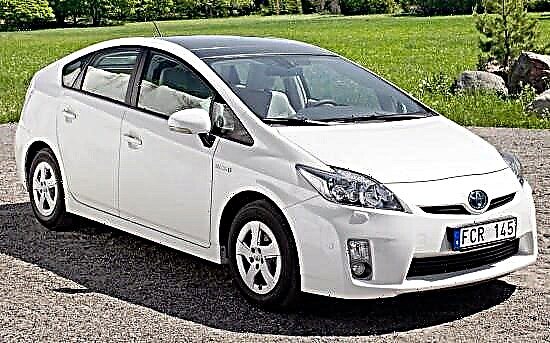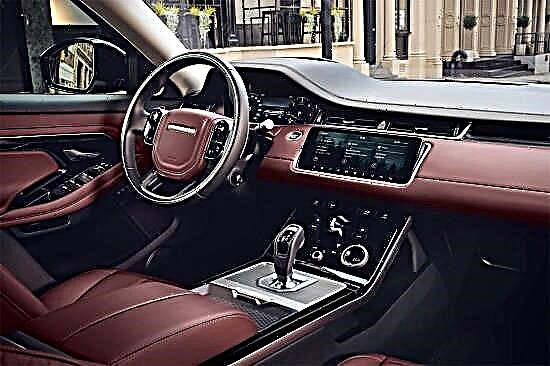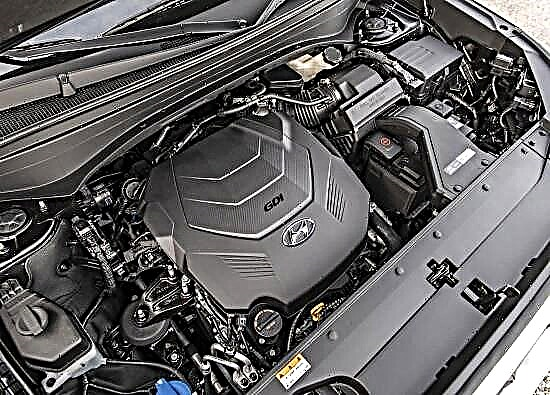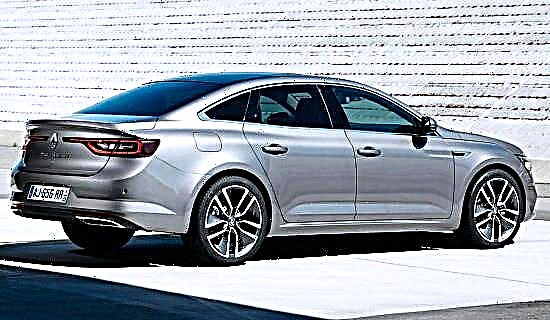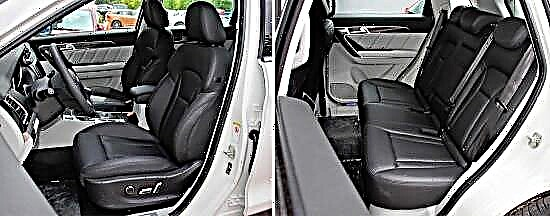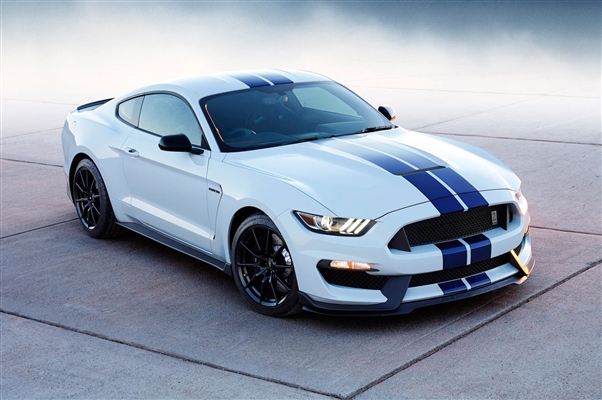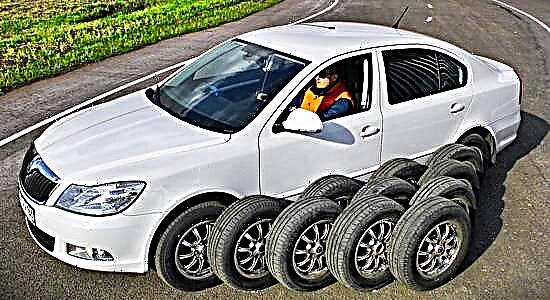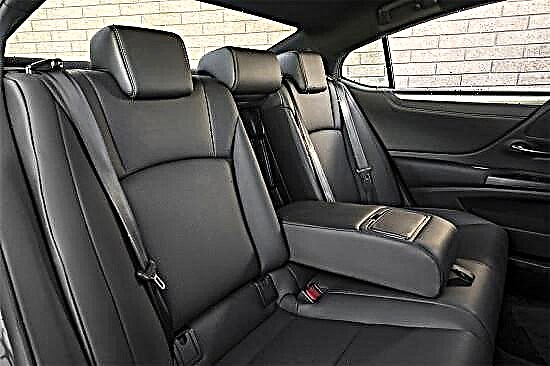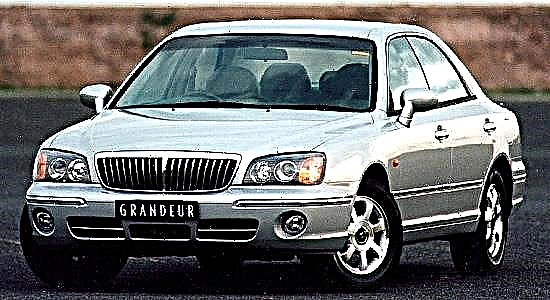In 1998, Hyundai introduced to the market the next, third in order, generation of the Grandeur sedan with the in-house designation "XG", which not only moved from the "executive class" to the "business class", but also became a completely independent development of the South Korean brand.

In 2003, the car underwent a planned modernization, which affected the exterior and interior and added new engines to the power palette, after which it was produced until 2005.
The third "release" Hyundai Grandeur is a "player" of the upper-middle class and has the following external dimensions: 4875 mm in length, 1420 mm in height and 1825 mm in width.
The gap between the pairs of wheels of the "Korean" is 2750 mm, and its ground clearance is 160 mm.
In the "stowed" state, the car weighs from 1537 to 1667 kg (the weight is affected by the installed engine).
For the "Grander" of the third generation, atmospheric gasoline engines of 2.0-3.5 liters with six V-oriented "pots", distributed injection and a 24-valve timing were offered, producing 137-200 "stallions" and 177-313 Nm of torque.
All units were equipped with a 4- or 5-speed "automatic", and the "weakest" could also have a 5-speed "mechanics" (in all cases, the thrust was supplied to the front axle).
The basis for the "third" Hyundai Grandeur is a front-wheel drive "bogie" with a transversely mounted power plant in the front.
At the front, the car uses an independent layout on double levers, and at the rear - a four-link architecture (transverse stabilizers are placed "in a circle").
The sedan has a rack and pinion steering system with hydraulic booster.
"Korean" is equipped with ventilated front and conventional rear discs, which are assisted by ABS.
The owners most often refer to the positive features of the "Grander" of the third generation as a reliable design, a very good-looking appearance, a comfortable suspension, powerful engines, acceptable dynamic characteristics, good equipment and affordable content.
Among the disadvantages of the car are high fuel consumption, corroded body and poor interior sound insulation.

